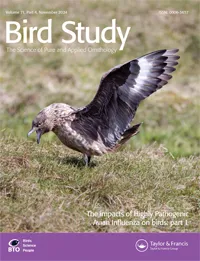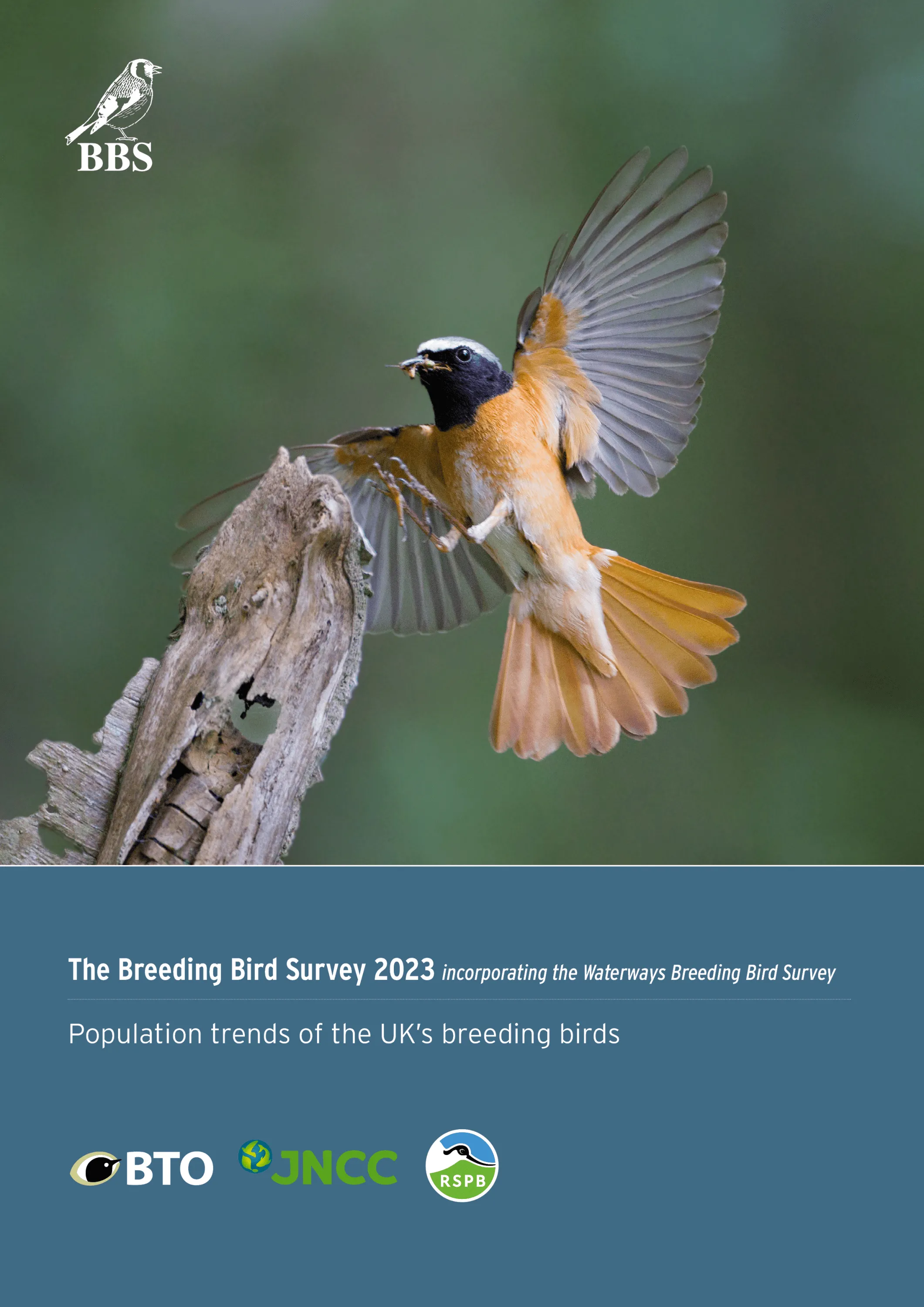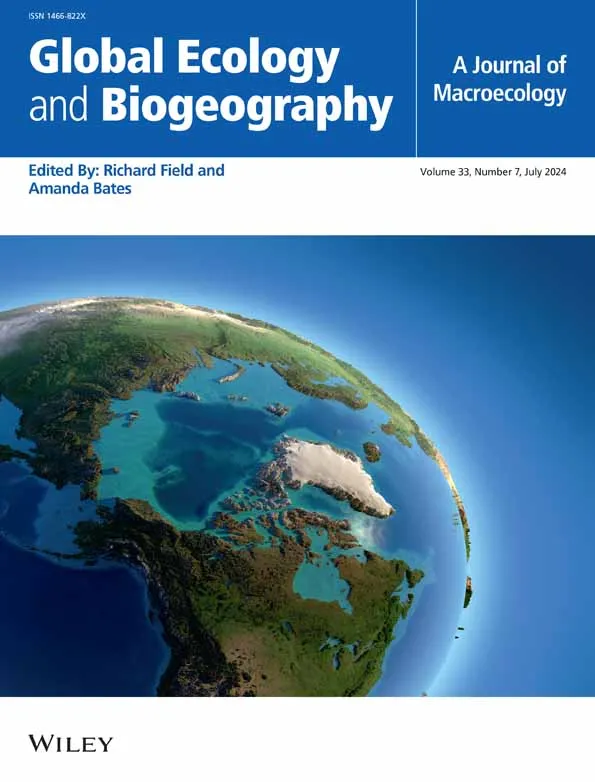BTO create and publish a variety of important articles, papers, journals and other publications, independently and with our partners, for organisations, government and the private sector. Some of our publications (books, guides and atlases) are also available to buy in our online shop.
Annual report of the Seabird Monitoring Programme
Seabird Population Trends and Causes of Change: 1986–2023
This report presents the latest seabird population trends in breeding abundance and productivity using data from the Seabird Monitoring Programme (SMP).
The report documents changes in the abundance and productivity of breeding seabird species in Britain and Ireland from 1986 to 2023, and provides a detailed account of the 2021, 2022 and 2023 breeding seasons.

Search settings
Population and distribution change of Eurasian Woodcocks Scolopax rusticola breeding in the UK: results from the 2023 ‘Breeding Woodcock Survey’
Author: Heward, C.J., Conway, G.J., Hoodless, A.N., Norfolk, D. & Aebischer, N.J.
Published: 2024
Although the Woodcock is one of the world’s most abundant wading birds, Britain’s resident population has been declining since at least the end of the 1960s. Periodic Woodcock surveys began in 2003 and have been repeated in 2013 and 2023. This paper reports on the latest of these surveys.
21.05.24
Papers

Active European warzone impacts raptor migration
Author: Russell, C., Franco, A., Atkinson, P., Väli, Ü. & Ashton-Butt, A.
Published: 2024
Collaborative research involving BTO examines the effects of the conflict in Ukraine on the migration of the endangered Greater Spotted Eagle.
20.05.24
Papers

The Breeding Bird Survey 2023
Author: Heywood, J.J.N., Massimino, D., Balmer, D.E., Kelly, L., Marion, S., Noble, D.G., Pearce-Higgins, J.W., White, D.M., Woodcock, P., Wotton, S. and Gillings, S.
Published: Spring 2024
This is the 29th annual report of the BTO/JNCC/RSPB Breeding Bird Survey (BBS) and Waterways Breeding Bird Survey (WBBS), documenting the population trends of widespread UK breeding bird species during the periods 1994–2023 and 1998–2023 respectively.These are the main schemes for monitoring the population changes of the UK’s widespread breeding birds, providing an important indicator of the health of the countryside.The results are published annually as Official Statistics and used widely by Defra and the Statutory Nature Conservation Bodies (SNCBs, e.g. Natural England and NatureScot) to set priorities and to inform conservation action, and as the evidence base against which the UK’s biodiversity targets are measured.BBS data are also routinely used in research, with recent examples including peer-reviewed papers published in 2022 and 2024 which measured the efficacy of the UK’s network of protected areas in supporting wildlife.The 2023 Breeding Bird Survey Report celebrates the 30-year anniversary of fieldwork for the scheme, in particular the amazing commitment and dedication of its volunteers.It is a mixed picture for birds: Swift and Swallow show widespread decline, whereas some species are faring better, particularly in Scotland where species of scrub and woodland are doing better than in England.Download the 2023 report >Browse all editions of the Breeding Bird Survey Report >Press releasesUKNorthern IrelandScotlandWales
16.05.24
Reports BBS Report

A family of process-based models to simulate landscape use by multiple taxa
Author: Gardner, E., Robinson, R.A., Julian, A., Boughey, K., Langham, S., Tse-Leon, J., Petrovskii, S., Baker, D.J., Bellamy, C., Buxton, A., Franks, S., Monk, C., Morris, N., Park, K.J., Petrovan, S., Pitt, K., Taylor, R., Turner, R.K., Allain, S.J.R., Bradley, V., Broughton, R.K., Cartwright, M., Clarke, K., Cranfield, J., Fuentes-Montemayor, E., Gandola, R., Gent, T., Hinsley, S.A., Madsen, T., Reading, C., Redhead, J.W., Reveley, S., Wilkinson, J., Williams, C., Woodward, I., Baker, J., Briggs, P., Dyason, S., Langton, S., Mawby, A., Pywell, R.F. & Bullock, J.M.
Published: 2024
The last few decades have seen large-scale changes in the landscapes of the UK, with most land being managed more intensively and increasingly little left for wildlife. There are some positive changes though, with habitat restoration initiatives and a greater focus on ‘landscape conservation’. This recognises that small patches of habitat, such as are found in many nature reserves, are unlikely to be enough – they need to be bigger and better connected. But in today’s crowded landscape how can this be achieved?
02.05.24
Papers

Spatial variation in spring arrival patterns of Afro-Palearctic bird migration across Europe
Author: Border, J.A., Boersch-Supan, P., Pearce-Higgins, J.W., Hewson, C., Howard, C., Stephens, P.A., Willis, S.G., Houston, A., Gargallo, G. & Baillie, S.R.
Published: 2024
The timing of migrant birds’ arrival on the breeding grounds, or spring arrival, can affect their survival and breeding success. The optimal time for spring arrival involves trade-offs between various factors, including the availability of food and suitable breeding habitat, and the risks of severe weather. Due to climate change, the timing of spring emergence has advanced for many plants and insects which affects the timing of maximum food availability for migratory birds in turn. The degree to which different bird species can adapt to this varies. Understanding the factors that influence spring arrival in different species can help us to predict how they may respond to future changes in climate.
02.05.24
Papers
